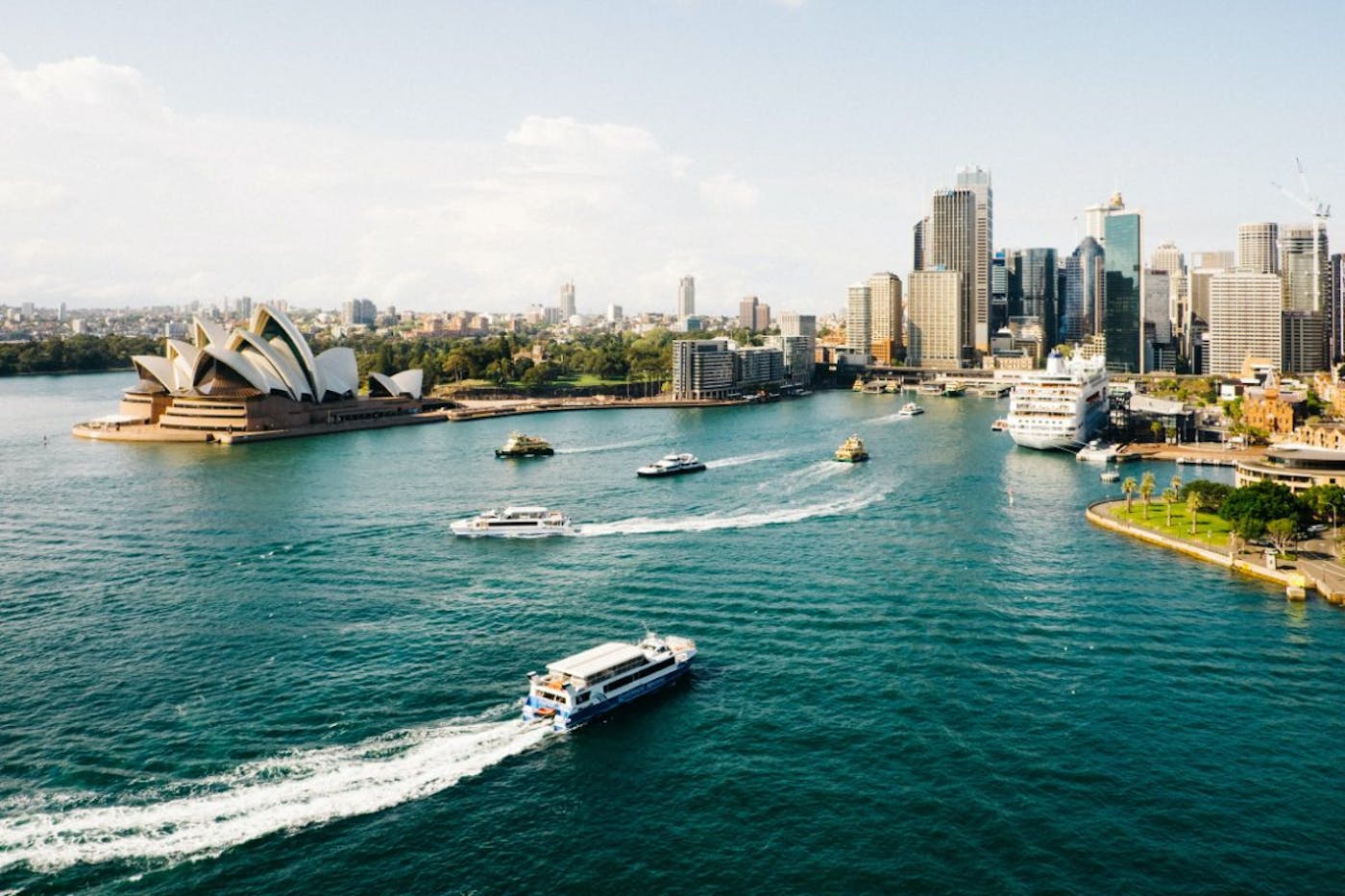Designing a Zero-carbon City of the Future for Sydney, Australia
- Renewable Energy
- Science & Technology
- Onshore Wind
- Solar Photovoltaic
- Women
- Australia
- Australasia Realm
| Bioregion | East Australian Temperate Forests & Mountain Shrublands (AU3) |
| Category | Energy Transition Our project categories represent one of three core solutions pathways to solving climate change. Energy Transition focuses on renewable energy access and energy efficiency. Nature Conservation includes wildlife habitat protection and ecosystem restoration, as well as Indigenous land rights. Regenerative Agriculture supports farmers, ranchers, and community agriculture. |
| Realm | Australasia The Project Marketplace is organized by the major terrestrial realms divided into 14 biogeographical regions – N. America, Subarctic America, C. America, S. America, Afrotropics, Indomalaya, Australasia, Oceania, Antarctica, and the Palearctic realm, which coincides with Eurasia and is divided into Subarctic, Western, Central, Eastern, and Southern regions. |
| Partner | World Future Council |
One Earth’s Project Marketplace funds on-the-ground climate solutions that are key to solving the climate crisis through three pillars of collective action — renewable energy, nature conservation, and regenerative agriculture.
For the first time in history, more people live in cities than not, and that number is growing rapidly. Cities are directly responsible for around two-thirds of global final energy use as well as for significant indirect consumption of energy through other goods and materials. They account for around 75% of global CO2 emissions. At the same time, cities are incubators for change and innovation and can lead the global energy transition.
Sydney, Australia, a bustling metropolis with more than 5 million residents, was chosen as one of two cities to develop a pilot process and simulation software allowing municipal decision makers to participate in creating energy and sustainability transition scenarios for their city.
Funding for the pilot will finance the participatory multi-stakeholder processes needed to fill gaps in data and identify Sydney’s specific energy needs, leveraging a detailed regional energy model led by partner institute University of Technology Sydney (UTS). The aim is to develop the energy modelling process in close accordance with the needs and demands of stakeholders within cities (city councils, utilities, industry, tourism, residents, and academia).
A portion of the funding sought will lead to the development of a groundbreaking, open-source software solution, called Cities 2.0, which will enable communities and cities to develop energy plans in line with the Paris Climate Agreement. This will contribute to sustainable local developments in cities around the world. The Cities 2.0 urban energy model will be open source and will be usable by city councils around the world.
In July 2020, Sydney achieved its first day of 100% renewable electricity production, and it has set for itself a zero emissions target for the middle of this century. The switch to renewable energy is expected to save the city around half a million dollars within the next 10 years. As Sydney is also one of the first Australian cities to set a zero CO2 emissions target by 2050, it is crucial that these efforts are scaled-up to 100% renewable energy across all sectors (electricity, industry, heating & cooling, transport).
The partner institution UTS, which developed the energy transition modeling, is conveniently based in Sydney allowing for a direct interface between scientists and policymakers. Existing relationships with energy, urban and spatial planners can thus be leveraged to ensure smooth implementation of the project and availability of data in all steps of the methodology development process.
The process of stakeholder engagement will consist of mapping, identifying and actively involving the key actors in Sydney to engage in peer-to-peer dialogues and knowledge co-production to assess the city’s energy needs; sources and energy planning processes will be determined. The results of this multi-stakeholder process will serve as input for the design and development of the software, so that it will be in line with the expectations of local actors, providing a just transition and maximizing socio-economic benefits for a greener recovery post COVID-19.

